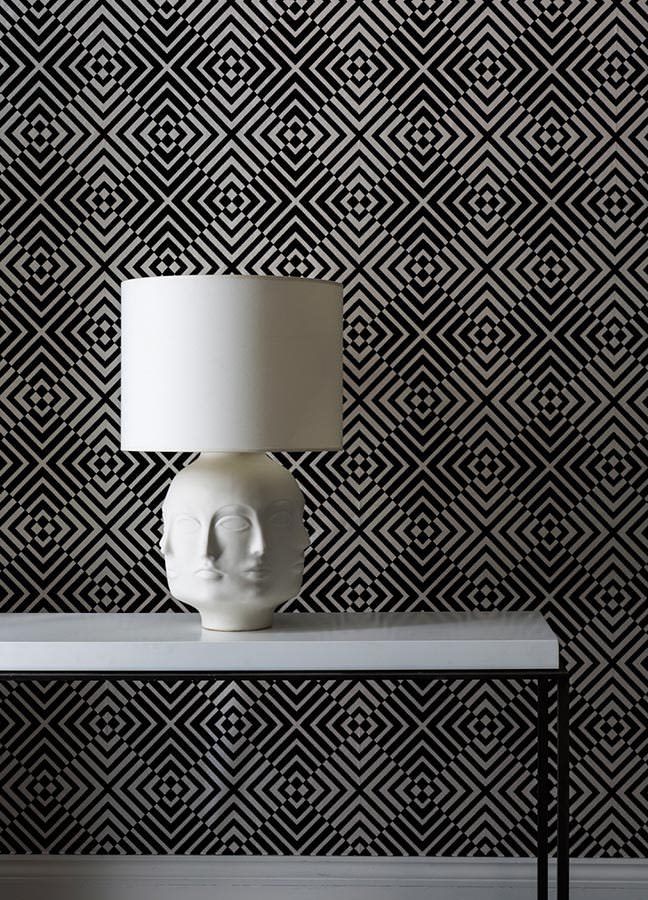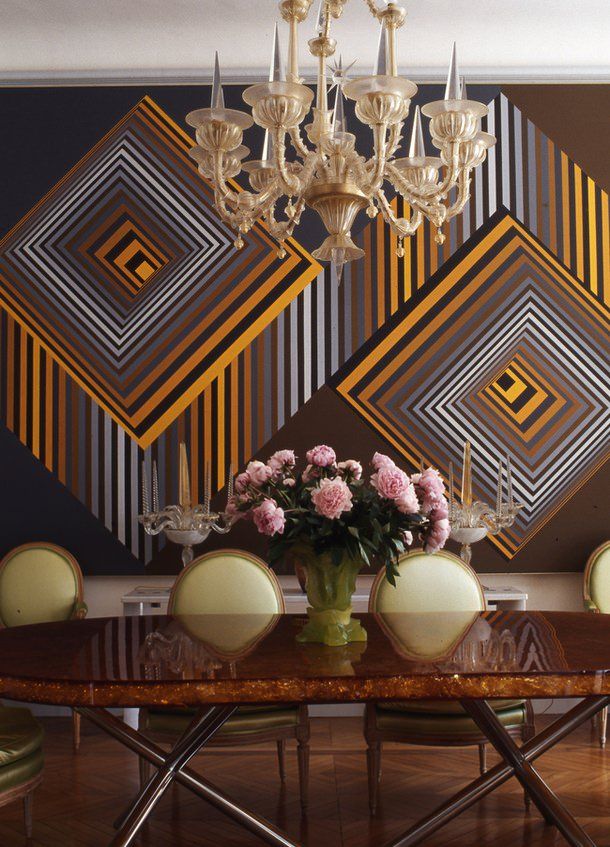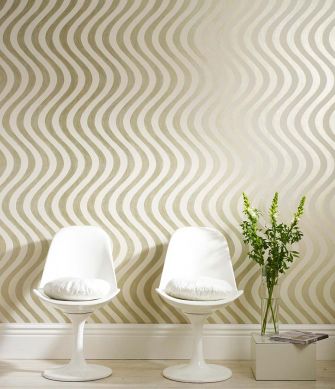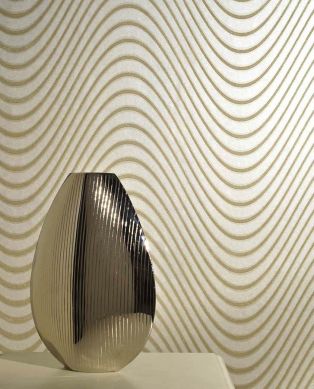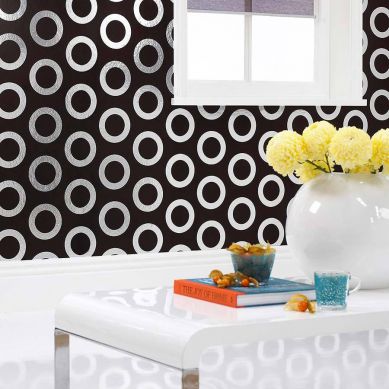Be it Valentino, Pucci or Bottega Veneta, they are well and truly back: the psychedelic patterns and prints of the Swinging 60s. This year saw a renewed interest in the stark contrasts of black and white patterns and colourful 3D-effect prints on the catwalks of Milan and Paris. But we're not in some kind of time warp - the striking patterns from the 1960s are an integral part of the A/W 2015/2016 collections. This revival could be considered a counter-movement to minimal and monochrome chic. From boots to dresses, these fascinating patterns, heavily leaning on Op Art, never fail to attract attention.
Then as now, fashion designers have often used wallpapers of similar designs to showcase their stunning creations. This makes for a surreal overall look which challenges both eye and brain. As background and foreground melt into one, the models almost seem to disappear. The pattern becomes a cloak of invisibility.


The roots of this trend are clearly to be found in the Op Art (or "Optical Art") Movement, which had its heyday in the 60s and whose representatives focussed on the "structure of vision". Artists like Bridget Riley or Victor Vasarely were interested in perception, in the spectacle of light and colour, the interplay between eye and brain. The brain corrects and interprets what they eye sees, thus creating the most astonishing illusions, e.g. warping movements, three-dimensionality and changing colours.

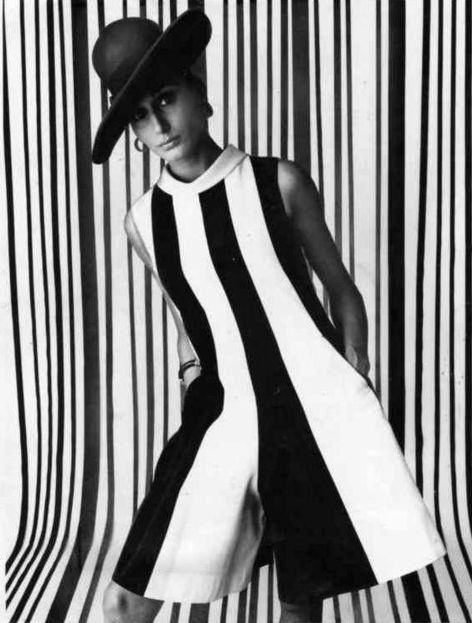
Artist Bridget Riley, for instance, challenges our visual habits with her closely arranged black and white wavy lines. Her pieces seem to flicker, to move, and acquire a 3D effect when we look at them for a while. Her work "Current" (1964) is in constant flux and appears to be three-dimensional. Victor Vasarely, too, is known for his expansive, eye-catching paintings. In his piece "Vega" (1968), a sphere consisting of various curved lines, appears to be bulging out into the room. Victor Vasarely's main goal was the democratisation of art. In the age of reproducibility, it was his opinion that art should be reproduced and made available to as many as possible through mass-production. Art should be accessible to everyone and thus achieve a much more significant impact than when merely seen in a museum.
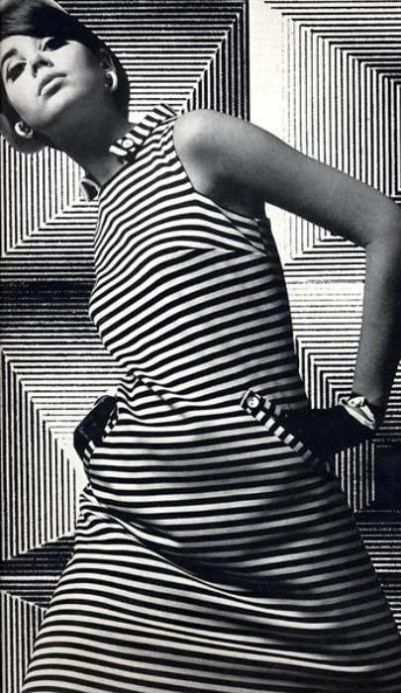
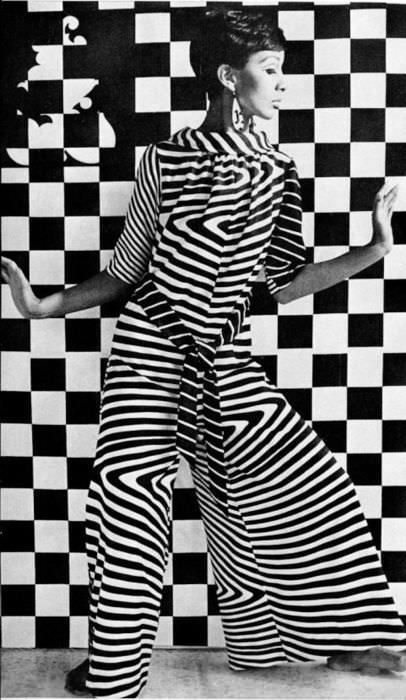
It is the very direct and spellbinding effect on the observer that introduced Op Art designs into our daily life. Optical art can be found on clothes, shoes, tights - and wallpapers. And perhaps wallpapers, with their repeating patterns, are the perfect medium to experience Op Art. Stripes, triangles, circles, diamond shapes, lines or waves lend a surreal element to wallpapers and provide movement and structure to walls and to the room.
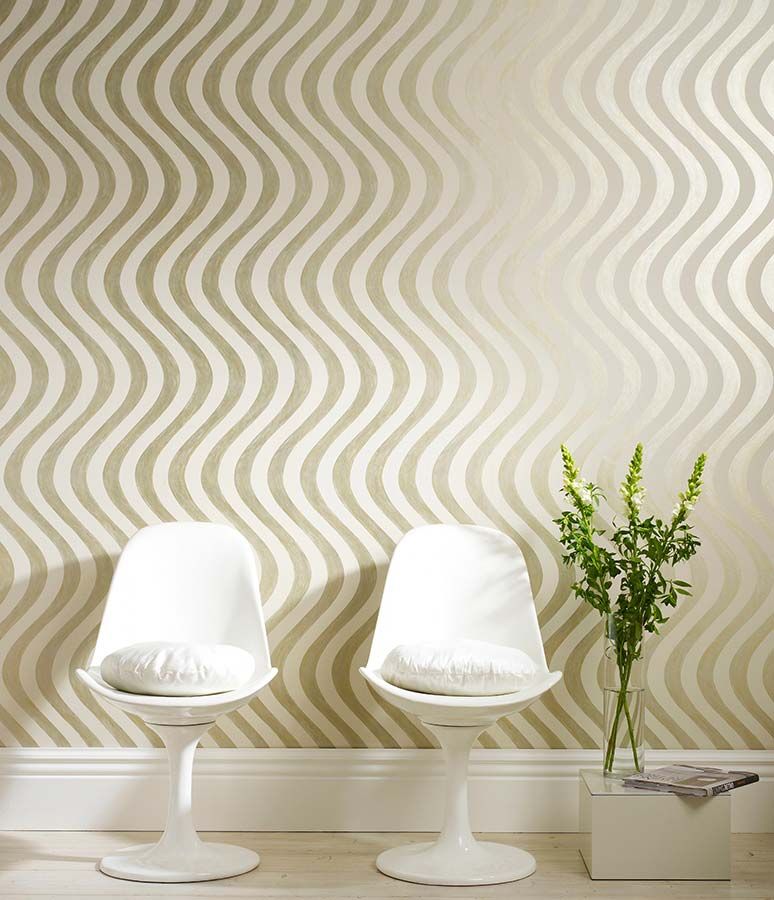
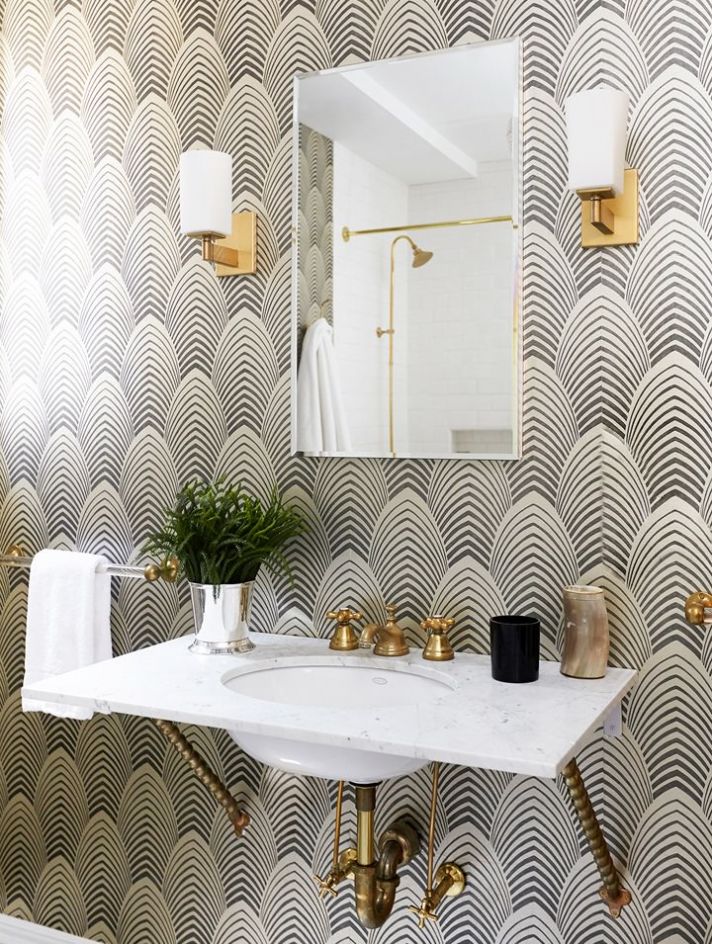
In times of understated and minimal design, the eye longs for exceptional visual experiences. In restaurants, bars or hotels, these eccentric wall solutions draw the eye and stand out. But Op Art wall décor can also provide an exciting statement in any living room, kitchen, hallway or bathroom and bring some artistic flair to your home.
